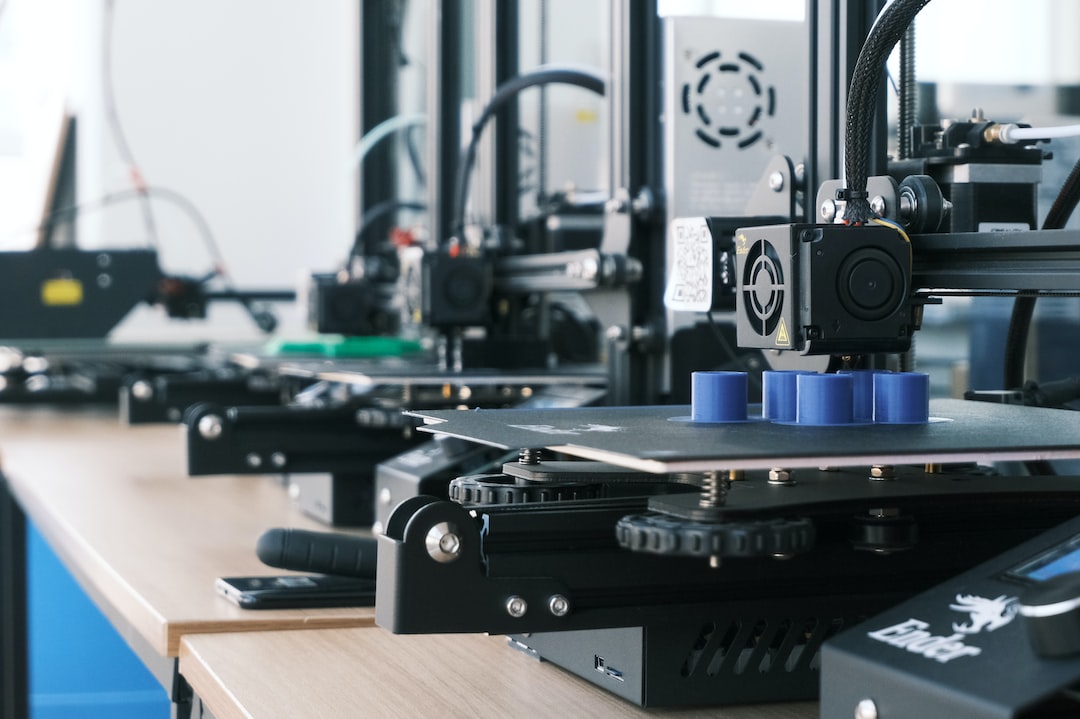Title: How to Optimize Production Efficiency in a Manufacturing Facility
Introduction
In the competitive world of manufacturing, it is crucial to constantly improve production efficiency to stay ahead of the market. Maximizing production efficiency not only reduces costs but also increases customer satisfaction by delivering products on time and with superior quality. To achieve this, manufacturers must adopt effective strategies and methods that target key areas of their manufacturing facility. In this blog post, we will explore essential steps to optimize production efficiency and boost the overall performance of any manufacturing facility.
1. Identify and Eliminate Bottlenecks
To start the optimization process, it is essential to identify any bottlenecks within the production line. Bottlenecks are the factors that restrict the flow of work and slow down the overall production process. By conducting a thorough analysis, you can identify areas where delays occur, such as outdated machinery, inefficient processes, or lack of skilled workers. Once identified, take immediate actions to eliminate these bottlenecks by investing in new machinery, redesigning workflows, or providing additional training to employees.
2. Streamline Processes and Implement Lean Principles
Streamlining processes is crucial for enhancing production efficiency. One effective approach is to adopt Lean principles, a widely recognized method for eliminating waste and optimizing workflows. Implementing practices like a “just-in-time” inventory system, reducing unnecessary handling, and increasing machine uptime can significantly improve production efficiency. Regularly reviewing and refining processes ensures that operations remain lean and efficient over time.
3. Embrace Automation and Robotics
Incorporating automation and robotics into your manufacturing facility can revolutionize production efficiency. Automating repetitive and time-consuming tasks not only speeds up the production process but also minimizes the chances of human error. Consider investing in state-of-the-art machinery, such as robotic arms, conveyor systems, and automated quality control devices. While such investments require a substantial upfront cost, the long-term benefits of increased productivity and reduced labor costs make it a worthy investment.
4. Improve Communication and Collaboration
Effective communication and collaboration are indispensable for an efficient manufacturing facility. Regularly scheduled meetings, open communication channels, and shared databases can promote seamless coordination among different departments. Encouraging cross-functional collaboration helps to identify and solve issues promptly, prevents delays, and improves the overall production flow. Invest in technologies that enable real-time communication and collaboration, such as project management tools, instant messaging platforms, and video conferencing software.
5. Implement Employee Training and Development Programs
Well-trained, skilled employees are the backbone of a productive manufacturing facility. Investing in employee training and development programs can result in improved efficiency and quality. Ensure all employees receive necessary training to operate machines, follow standard operating procedures (SOPs), and understand the importance of quality control. Additionally, encourage continuous learning and provide opportunities for growth to motivate employees and reduce turnover.
6. Conduct Regular Maintenance and Equipment Assessments
Neglecting equipment maintenance can lead to costly breakdowns and production delays. Implement a regular maintenance schedule to ensure all machinery and equipment are running smoothly. Conduct equipment assessments to identify potential issues before they become critical problems. Additionally, consider predictive maintenance strategies that leverage data and analytics to predict equipment failures, enabling proactive intervention.
7. Utilize Data Analytics and Manufacturing Intelligence
Leveraging data analytics and manufacturing intelligence can provide valuable insights to optimize production efficiency. Implementing sensors and data collection systems on the shop floor can generate real-time data that helps monitor production metrics, identify inefficiencies, and make data-driven decisions. Use advanced analytics to uncover patterns, anticipate bottlenecks, and optimize production schedules. Investing in a Manufacturing Execution System (MES) can streamline data collection and analysis processes while enabling real-time performance visibility.
Conclusion:
Optimizing production efficiency in a manufacturing facility requires a multidimensional approach that encompasses process improvement, employee training, technology integration, and data analysis. By identifying and eliminating bottlenecks, streamlining processes, embracing automation, improving communication, investing in employee training, conducting regular maintenance, and utilizing data analytics, manufacturers can ensure they are maximizing productivity and competitiveness. Remember, continuous improvement is key, and regular evaluation of performance metrics is essential to determine the effectiveness of implemented strategies. Embrace these steps to unlock the full potential of your manufacturing facility and stay ahead in the dynamic world of modern manufacturing.

